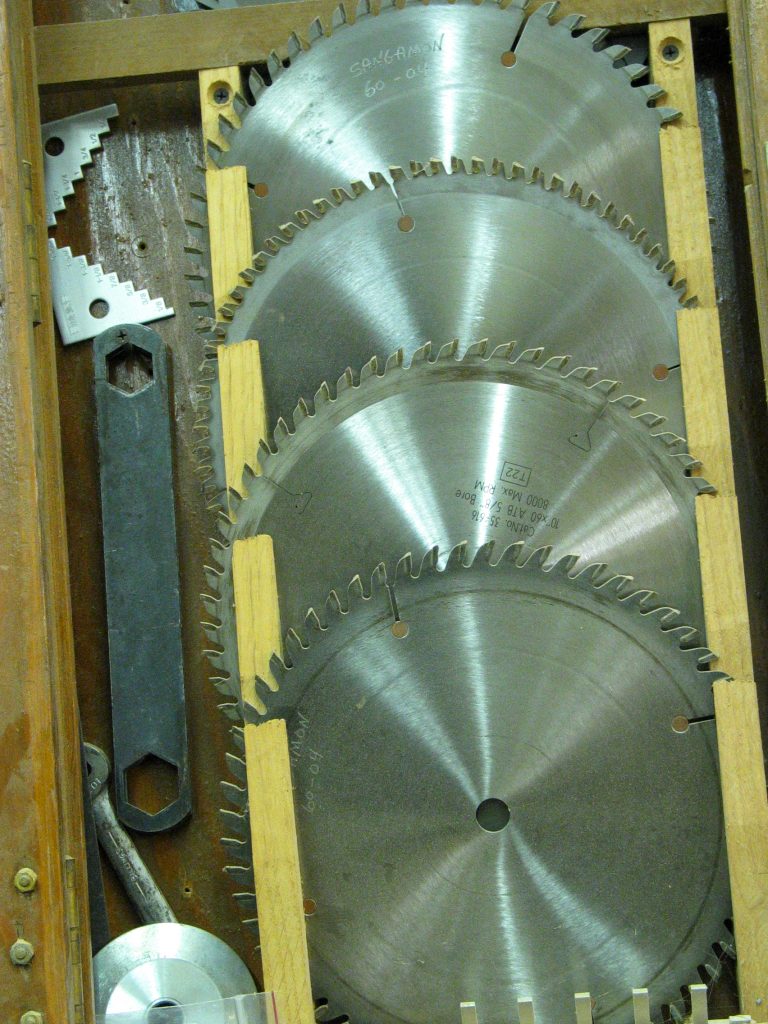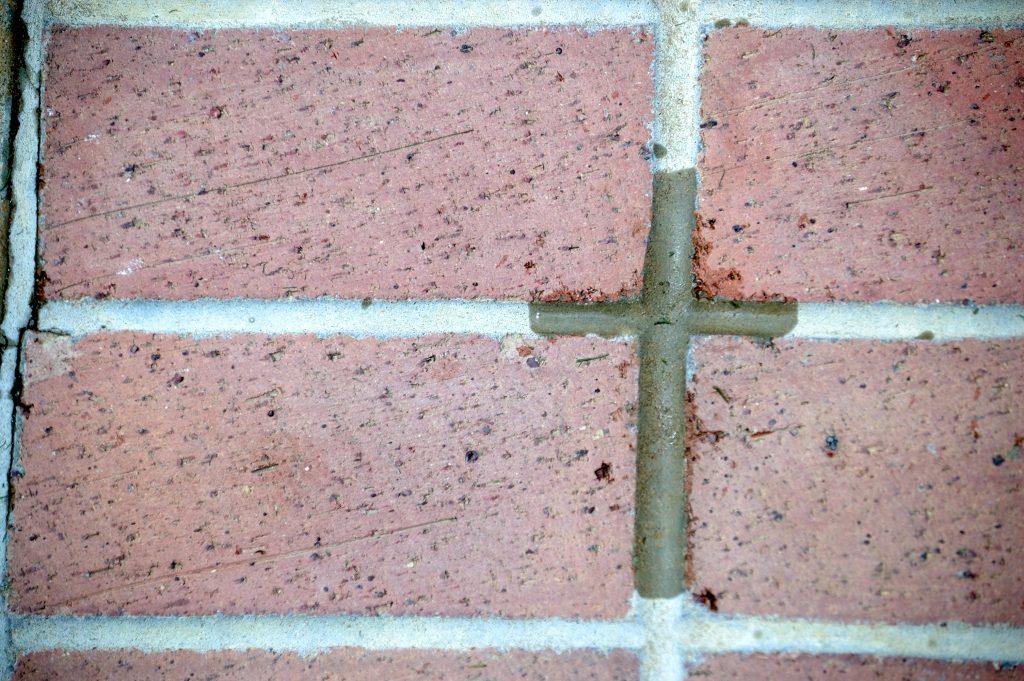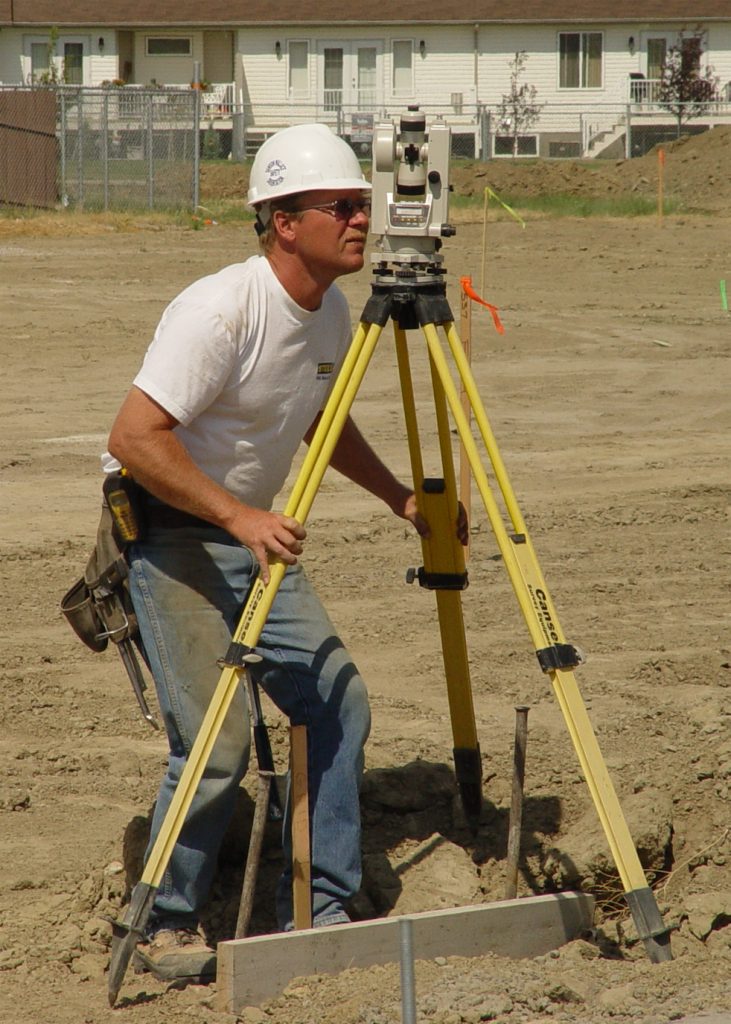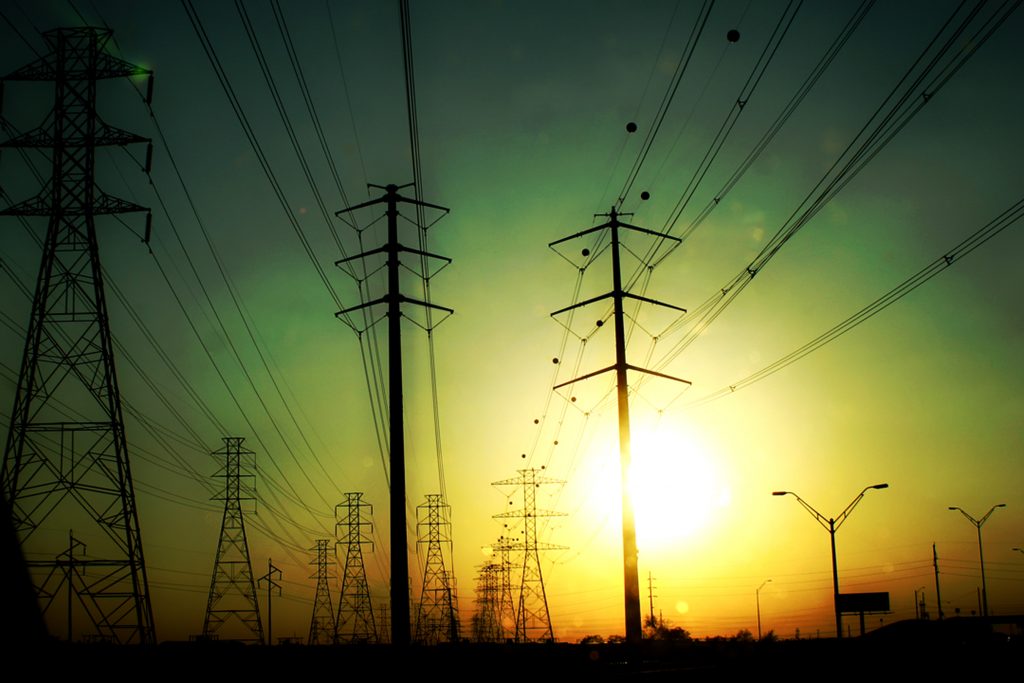 It’s a common scenario: someone is injured or property is damaged because another party failed to use reasonable care. This situation is far from rare in the legal profession, and the responsible party is usually held accountable for their negligence with civil lawsuits. But what happens when the injured person attempts to hold the wrong party responsible? It seems unlikely, but as James Johnson discovered, it is possible and the consequences can alter the course of a lawsuit’s final outcome.
It’s a common scenario: someone is injured or property is damaged because another party failed to use reasonable care. This situation is far from rare in the legal profession, and the responsible party is usually held accountable for their negligence with civil lawsuits. But what happens when the injured person attempts to hold the wrong party responsible? It seems unlikely, but as James Johnson discovered, it is possible and the consequences can alter the course of a lawsuit’s final outcome.
James Johnson was shot in the leg while working as a superintendent on a drilling rig located near the coast of Nigeria. On November 8, 2010, Nigerian gunmen invaded Johnson’s rig and an attacker shot him, causing a severe injury that triggered months of complications. The night before the incident, rig hands moved a piece of equipment in front of the stairs that connected the rig to the platform in order to work on a device connected to the moving equipment. When rig hands noticed the assailants’ boat approaching the next day, they attempted to raise the stairs from the platform but were unable to do so because the equipment blocked the stairs. The gunmen used the lowered stairs to board the rig.
Johnson attempted to hold the rig hands’ employers responsible. Under the concept of vicarious liability, an employer can be held responsible for employees’ wrongful actions if those actions took place during the course of employment. Stoot v. D & D Catering Serv., Inc., 807 F.2d 1197, 1199 (5th Cir. 1987). Johnson brought multiple claims for negligence under maritime law and the Jones Act against many parties, one of which was GlobalSantaFe Corporation (GSF). Each of the companies Johnson named related to one another through a complex corporate structure.
 Louisiana Personal Injury Lawyer Blog
Louisiana Personal Injury Lawyer Blog


 Accidents frequently occur in construction zones and they may be the fault of the injured party or someone else involved in the renovation site. Courts are often tasked with deciding whether the injured person is responsible for his or her own injury or if a different party is at fault. A recent case in Metairie highlights the complexities of identifying the responsible party.
Accidents frequently occur in construction zones and they may be the fault of the injured party or someone else involved in the renovation site. Courts are often tasked with deciding whether the injured person is responsible for his or her own injury or if a different party is at fault. A recent case in Metairie highlights the complexities of identifying the responsible party. In Louisiana, a party is responsible for the full extent of injuries he or she causes to another. Lawsuits stemming from these incidents usually arise over which party is more at fault or if any of the injuries were actually caused by the event at issue. Whether the party at fault has to pay the undisputed medical expenses is rarely at the center of these disputes, however, the following case from St. Bernard Parish, details why an injured party had to bring that very issue to appeal.
In Louisiana, a party is responsible for the full extent of injuries he or she causes to another. Lawsuits stemming from these incidents usually arise over which party is more at fault or if any of the injuries were actually caused by the event at issue. Whether the party at fault has to pay the undisputed medical expenses is rarely at the center of these disputes, however, the following case from St. Bernard Parish, details why an injured party had to bring that very issue to appeal. Lest anyone think college is all about classrooms and books, many universities today offer a panoply of extra curricular amenities for students to enjoy. One of the main attractions is student recreation centers. At Louisiana State University (LSU), the University Student Recreation Center (UREC) is a place where students can go with friends and guests to exercise and participate in recreational activities such as indoor rock wall climbing.
Lest anyone think college is all about classrooms and books, many universities today offer a panoply of extra curricular amenities for students to enjoy. One of the main attractions is student recreation centers. At Louisiana State University (LSU), the University Student Recreation Center (UREC) is a place where students can go with friends and guests to exercise and participate in recreational activities such as indoor rock wall climbing. Facts are one of the foundations of a successful lawsuit. In an effort to thwart a plaintiff’s chance at relief, a defendant may file an exception of no cause of action in response to a plaintiff’s complaint. An exception of no cause of action alleges that the plaintiff’s lawsuit has no legal validity, and therefore, the plaintiff has no claim. The following case out of Orleans Parish illustrates such an objection and the importance of facts, especially when those facts validate a claim that could be barred by immunity.
Facts are one of the foundations of a successful lawsuit. In an effort to thwart a plaintiff’s chance at relief, a defendant may file an exception of no cause of action in response to a plaintiff’s complaint. An exception of no cause of action alleges that the plaintiff’s lawsuit has no legal validity, and therefore, the plaintiff has no claim. The following case out of Orleans Parish illustrates such an objection and the importance of facts, especially when those facts validate a claim that could be barred by immunity. In Louisiana, the law allows a person to seek financial compensation against another person who has caused his or her injuries or failed to prevent the injuries if such a duty existed. A person has a responsibility not to harm others by their actions or with things in their possession. A Louisiana landlord has a special duty to his or her tenants to provide a safe building and will be held responsible if a tenant is injured as a result of the Landlord’s failure to repair a defect in the building that he or she knew about or should have known about. The following case illustrates some of these issues.
In Louisiana, the law allows a person to seek financial compensation against another person who has caused his or her injuries or failed to prevent the injuries if such a duty existed. A person has a responsibility not to harm others by their actions or with things in their possession. A Louisiana landlord has a special duty to his or her tenants to provide a safe building and will be held responsible if a tenant is injured as a result of the Landlord’s failure to repair a defect in the building that he or she knew about or should have known about. The following case illustrates some of these issues. Each year, thousands of people suffer from slip and fall accidents. From a legal perspective, it can be difficult to determine who, if anyone, is at fault. For example, in some slip and fall cases, a property owner can be held liable for the other party’s injuries. Property owners owe a duty of care to persons who use their premises. Owners are expected to keep the grounds in a reasonably safe condition.
Each year, thousands of people suffer from slip and fall accidents. From a legal perspective, it can be difficult to determine who, if anyone, is at fault. For example, in some slip and fall cases, a property owner can be held liable for the other party’s injuries. Property owners owe a duty of care to persons who use their premises. Owners are expected to keep the grounds in a reasonably safe condition. Have you ever suffered personal injury from an accident while traveling to or from work? Generally, pursuant to the Louisiana Workers’ Compensation Act employers are not responsible for injuries sustained by employees while traveling to or from work because these injuries are not considered to have occurred within the course of employment. This is known as the “going-and-coming” rule, under which the employment relationship is considered suspended from the time the employee leaves his or her workplace. However, there are certain exceptions to this rule that allow a claimant to recover even though the injury was sustained while traveling to or from work. The following case illustrates one such exception: if the accident occurred on the employer’s premises, the employee may be covered under workers’ compensation laws.
Have you ever suffered personal injury from an accident while traveling to or from work? Generally, pursuant to the Louisiana Workers’ Compensation Act employers are not responsible for injuries sustained by employees while traveling to or from work because these injuries are not considered to have occurred within the course of employment. This is known as the “going-and-coming” rule, under which the employment relationship is considered suspended from the time the employee leaves his or her workplace. However, there are certain exceptions to this rule that allow a claimant to recover even though the injury was sustained while traveling to or from work. The following case illustrates one such exception: if the accident occurred on the employer’s premises, the employee may be covered under workers’ compensation laws. When an employee is injured on the job they often have extensive medical bills and less money to pay those bills because they may not be able to work. While workman’s compensation, insurance, and disability benefits are available to cover those costs, there is another form of compensation available to those who are injured as a result of negligence or other bad acts. The injured party can file a lawsuit against those responsible. Of course, there are often questions surrounding who is in fact legally responsible, e.g., for maintenance of a job site, and it takes an experienced lawyer to navigate such complicated legal questions.
When an employee is injured on the job they often have extensive medical bills and less money to pay those bills because they may not be able to work. While workman’s compensation, insurance, and disability benefits are available to cover those costs, there is another form of compensation available to those who are injured as a result of negligence or other bad acts. The injured party can file a lawsuit against those responsible. Of course, there are often questions surrounding who is in fact legally responsible, e.g., for maintenance of a job site, and it takes an experienced lawyer to navigate such complicated legal questions. One of the biggest fears of any parent is the sudden and unexpected death of your spouse, leaving only you to raise and provide for your children. The thought alone can be crippling. When tragedy strikes, one of the only comforts a surviving spouse can find is believing that they will receive financial compensation to relieve the monetary burden left behind by the loss of a spouse who provided a steady source of income. At the center of every wrongful death claim is the issue of getting the surviving family member relief to overcome the hardship of carrying on without their spouse or parent who helped support them. For individuals killed on the job, the Louisiana Workers’ Compensation Act (the “Act”) provides an avenue for compensation for surviving family members. Under the Act, an employee injured in an accident during the course and scope of the employment is generally limited to the recovery of workers’ compensation benefits as his exclusive remedy against his employer and may not sue his employer in tort. See
One of the biggest fears of any parent is the sudden and unexpected death of your spouse, leaving only you to raise and provide for your children. The thought alone can be crippling. When tragedy strikes, one of the only comforts a surviving spouse can find is believing that they will receive financial compensation to relieve the monetary burden left behind by the loss of a spouse who provided a steady source of income. At the center of every wrongful death claim is the issue of getting the surviving family member relief to overcome the hardship of carrying on without their spouse or parent who helped support them. For individuals killed on the job, the Louisiana Workers’ Compensation Act (the “Act”) provides an avenue for compensation for surviving family members. Under the Act, an employee injured in an accident during the course and scope of the employment is generally limited to the recovery of workers’ compensation benefits as his exclusive remedy against his employer and may not sue his employer in tort. See